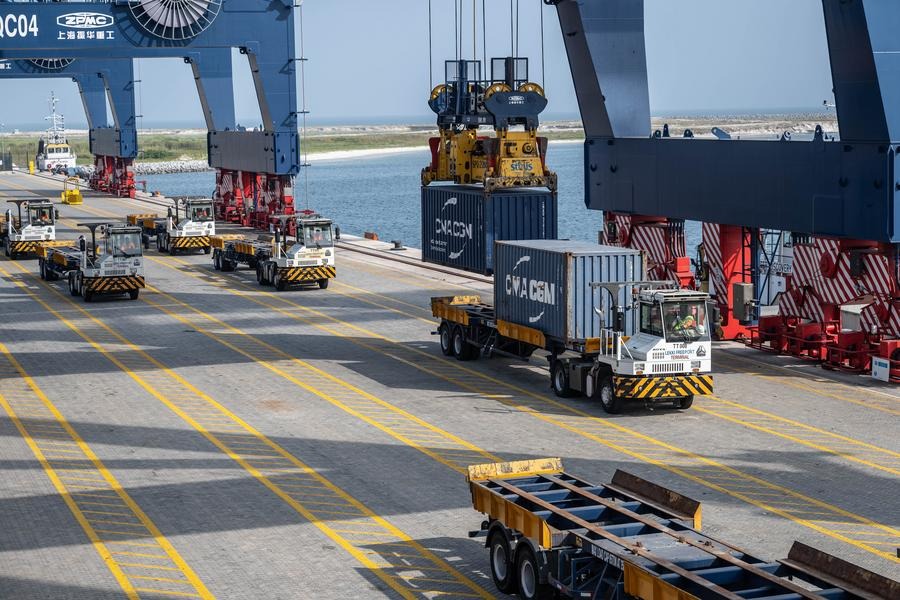Clouds still hanging over jobs market

While Asia-Pacific labor data points to recovery, gains are uneven, ILO finds
Labor markets in the Asia-Pacific region are steadily picking up from the impact of the pandemic, but some sectors are faring better than others, officials from a UN agency say.
The officials from the International Labor Organization, or ILO, also say that economic pressures in the form of inflation, as well as geopolitical tensions, could dampen the outlook for jobs into next year.
At a video briefing on Monday for the launch of the ILO's Asia-Pacific employment outlook report for 2022, the experts underscored the importance of continued support for labor market institutions to help those sectors that are still struggling to recover.
According to the report, "Asia-Pacific Employment and Social Outlook 2022: Rethinking sectoral strategies for a human-centered future of work", employment numbers in the region this year are 2 percent above those of the precrisis level in 2019. The gains represent a recovery from the loss of over 57 million jobs in 2020.
Yet the region still lacks 22 million jobs in 2022 — a jobs gap of 1.1 percent on projections of what would have been the case had the pandemic not occurred.
The situation in labor markets remains extremely challenging, Chihoko Asada-Miyakawa, assistant director-general and regional director for Asia and the Pacific at the ILO, said at the briefing.
"It is therefore vital that we bring inclusive and human-centered growth back to the region and not settle for a quasi-recovery based on informal and poor-quality jobs," said Asada-Miyakawa. "Despite half a century of economic growth, the fact remains that most workers in Asia-Pacific are employed in sectors that the Asia Miracle has passed by."
The number of those unemployed in the region is still higher than in 2019. The regional unemployment rate, according to the ILO, stands at 5.2 percent, an increase of half a percentage point from 2019.
The three largest sectors in terms of employment in the region are agriculture, forestry and fishing; manufacturing; and wholesale and retail trade, which altogether accounted for 1.1 billion workers in 2021, or 60 percent of the region's 1.9 billion workers.
But the experts noted that these sectors "were often characterized by informality, low wages and poor conditions".
"The challenge moving forward is to increase and sustain policy attention and public investment to achieve decent work and inclusion in all sectors but especially in those where the majority of people work," said Asada-Miyakawa.
Sara Elder, senior lead economist at the ILO's regional economic and social analysis unit and the report's lead author, said that when "we were at the peak of economic growth", there was a "nice, slow, but steady decline" in employment in the informal sector.
Progress reversed
But with the crises, the progress has reversed, turning up the informal employment rate, she said.
"So this progress that we were seeing in bettering the lives of persons in informal employment is basically blocked," said Elder.
"And we're back to a situation where jobs are being created in the formal sector, but we don't have enough oomph in the capacity of economic growth to transition those who are already in the informal jobs to formal jobs. So for that to happen, we really need strong institutions that go after these people.
"When we think of modern growth, we think of digitalization and IT. We do see in fact that IT was the fastest growing in terms of numbers of jobs added over the last 30 years," Elder said, noting that the sector grew by 8 percent a year on average.
The ILO report makes a first-time assessment of regional sectoral estimates from 1991 to 2021 to highlight which sectors are growing as sources of jobs, which are shrinking and which harbor opportunities for "decent work".
jan@chinadailyapac.com

































